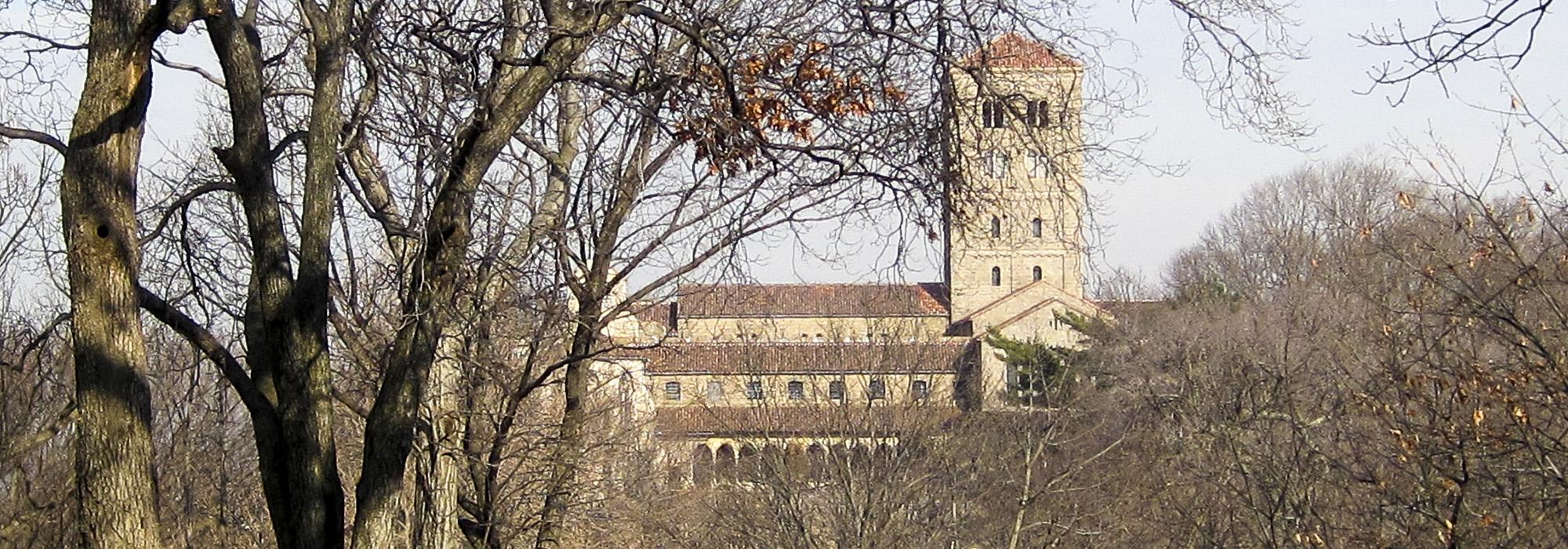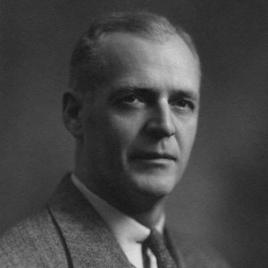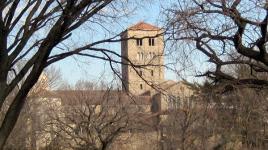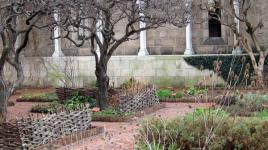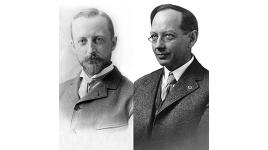Pioneer Information
Born in Hamilton, Ontario, Culham earned a bachelor’s degree in agricultural science in 1913 from the Ontario Agricultural College (now in the University of Guelph), before enlisting in the Canadian military. He briefly farmed in southwestern Ontario before studying landscape architecture and city planning at Harvard in 1922, becoming one of the earliest students there to earn the M.L.A. with a specialization in city planning, in 1925. From 1923 to 1929, Culham worked for Olmsted Brothers on projects including The Cloisters in New York City; the City of Baltimore Art Museum; Court Square in Springfield, Massachusetts; and the grounds of the State Capitol in Olympia, Washington. He served as assistant editor for the journal City Planning, and worked with Thomas Adams on New York City’s important Regional Plan.
Culham left Olmsted Brothers and established a practice in Toronto, although he completed some of the firm’s projects there and acted as its intermediary on several others. He gained work on many private estates, and ongoing work for the University of Western Ontario, through John Bayne MacLean, publisher of Canadian Homes and Gardens, for which Culham wrote articles. In 1934, Culham became the founding president of the Canadian Society of Landscape Architects and Town Planners, and was instrumental in professionalizing landscape architecture and town planning in Canada. In the post-World War II period, he partnered with Norman Dryden, preparing plans for many communities in Ontario, and becoming increasingly engaged with zoning, transportation, and land-use issues. In 1966, the University of Western Ontario conferred an honorary doctorate on Culham, who passed away at the age of 88.



